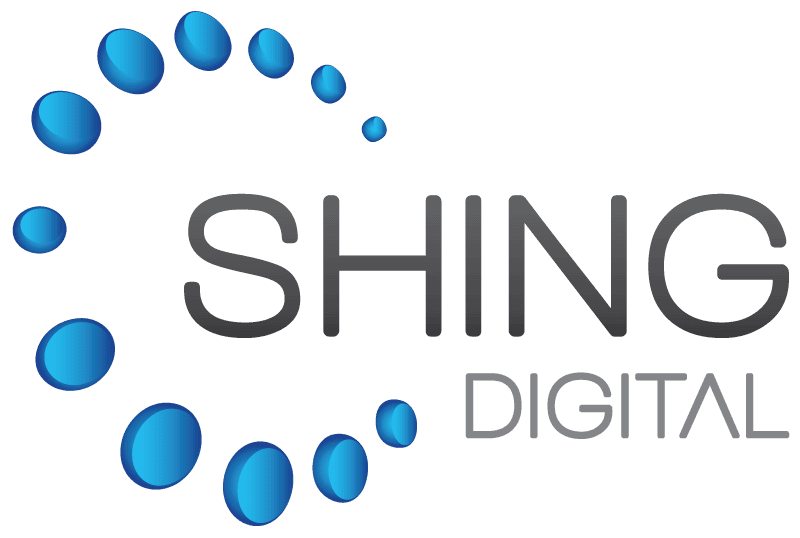As IT managers, you are well-versed in the intricacies of IT cybersecurity, protecting data, networks, and systems from a myriad of cyber threats. OT (Operational Technology), on the other hand, encompasses the hardware and software used to monitor and control physical processes, devices, and infrastructure, such as HVAC systems, smart elevators, and utility system management. So why should you care? I mean, you are not responsible for manufacturing, operations, or running utilities! Unlike a few years ago, the IT and OT worlds have now converged. So, if you are not on top of it, lack of OT Security may become your problem if it is not already.
The Convergence of IT and OT
The lines between IT and OT are increasingly blurring as organizations adopt more connected and integrated systems. This convergence allows for improved efficiency, real-time data analysis, and smarter decision-making. However, it also opens up OT systems to the same cyber threats that IT systems face. Cyber attackers can exploit vulnerabilities in OT systems to disrupt operations, cause physical damage, or even compromise the safety of personnel. Therefore, IT managers must expand their expertise to include OT security to protect these vital systems.
The Potential Impact of OT Cyber Attacks
Cyber attacks on OT systems can have far-reaching consequences. While data breaches in IT systems primarily affect information confidentiality and integrity, attacks on OT systems can directly impact physical processes, leading to operational downtime, equipment damage, and safety hazards. For example, a cyber attack on a utility management system could disrupt power supply, water distribution, or gas lines, causing widespread outages and endangering public safety. IT managers must recognize the severity of these threats and implement robust OT security measures to mitigate risks.
Regulatory Compliance and Industry Standards
Many industries are subject to regulatory requirements and standards that mandate specific cybersecurity practices for OT systems. Compliance with these regulations is not only a legal obligation but also a critical component of risk management. IT managers must ensure that their organizations adhere to standards such as NIST SP 800-82, IEC 62443, and ISO/IEC 27001, which provide guidelines for securing industrial control systems (ICS) and other OT environments. By integrating OT security into their cybersecurity strategy, IT managers can help their organizations achieve compliance and improve overall security posture.
Just a Few Examples of Operational Technology to Be Aware Of
HVAC Systems
Heating, Ventilation, and Air Conditioning (HVAC) systems are essential for maintaining indoor air quality and temperature control in buildings. These systems often rely on sensors, controllers, and networked devices to function efficiently. However, if compromised, HVAC systems can be manipulated to disrupt environmental conditions, leading to discomfort, equipment malfunctions, or even health risks. IT managers should ensure that these systems are securely configured and monitored to prevent unauthorized access and tampering.
Smart Elevators
Smart Elevators use advanced technology to optimize performance, reduce energy consumption, and enhance user experience. They are equipped with sensors, IoT devices, and communication interfaces that enable remote monitoring and control. Cyber attackers can exploit vulnerabilities in smart elevator systems to manipulate operations, cause service outages, or compromise passenger safety. IT managers must collaborate with OT professionals to implement security measures that protect these systems from cyber threats.
Utility System Management
Utility Systems, including power grids, water treatment facilities, and gas distribution networks, are critical infrastructure that supports daily life and economic activities. These systems rely on ICS and SCADA (Supervisory Control and Data Acquisition) systems to monitor and control operations. A cyber attack on utility systems can result in catastrophic consequences, such as widespread outages, environmental damage, or public health emergencies. IT managers must prioritize the security of these systems by implementing robust access controls, network segmentation, and continuous monitoring.
Effective OT cybersecurity requires collaboration between IT and OT teams. IT managers should foster a culture of cooperation and knowledge sharing to bridge the gap between the two domains. Regular training sessions, joint security assessments, and cross-functional teams can help ensure that both IT and OT professionals are equipped to address cyber threats comprehensively.
IT managers should incorporate OT-specific best practices into their cybersecurity strategy. These include conducting regular risk assessments, implementing network segmentation, using strong authentication and access controls, and monitoring OT systems for suspicious activity. Additionally, adopting a defense-in-depth approach that layers security measures can provide robust protection against cyber threats.
Advanced cybersecurity technologies, such as Intrusion Detection Systems (IDS), Security Information and Event Management (SIEM) solutions, and anomaly detection tools, can enhance OT security. IT managers should explore and deploy these technologies to gain better visibility into OT environments and detect potential threats early.
The importance of Operational Technology cybersecurity cannot be overstated. As IT managers, expanding your knowledge and expertise to include OT security is essential for protecting critical systems and ensuring their reliable operation. By understanding the potential impact of OT cyber attacks, complying with industry standards, and implementing best practices, you can help safeguard your organization’s OT infrastructure and contribute to a safer, more secure environment.







